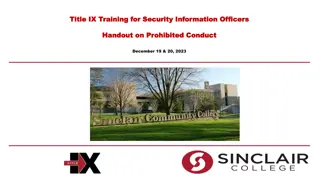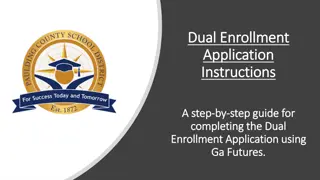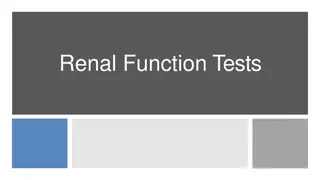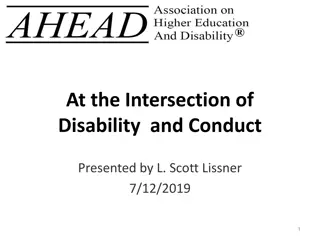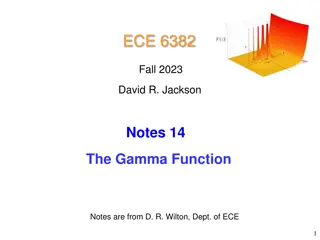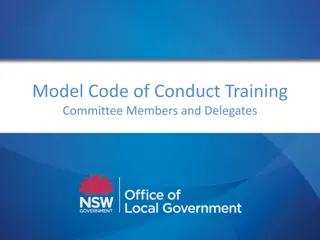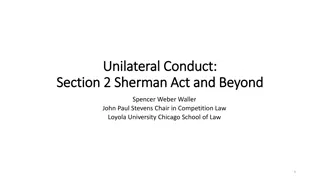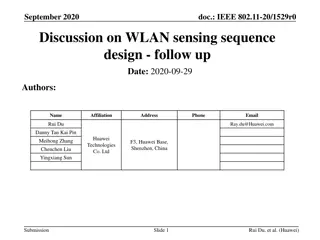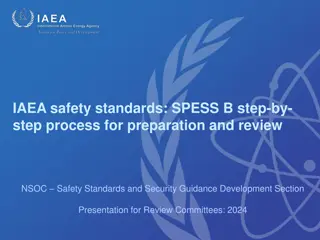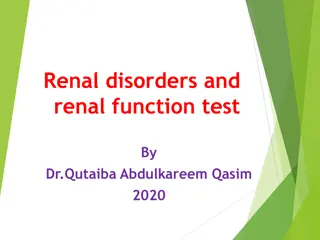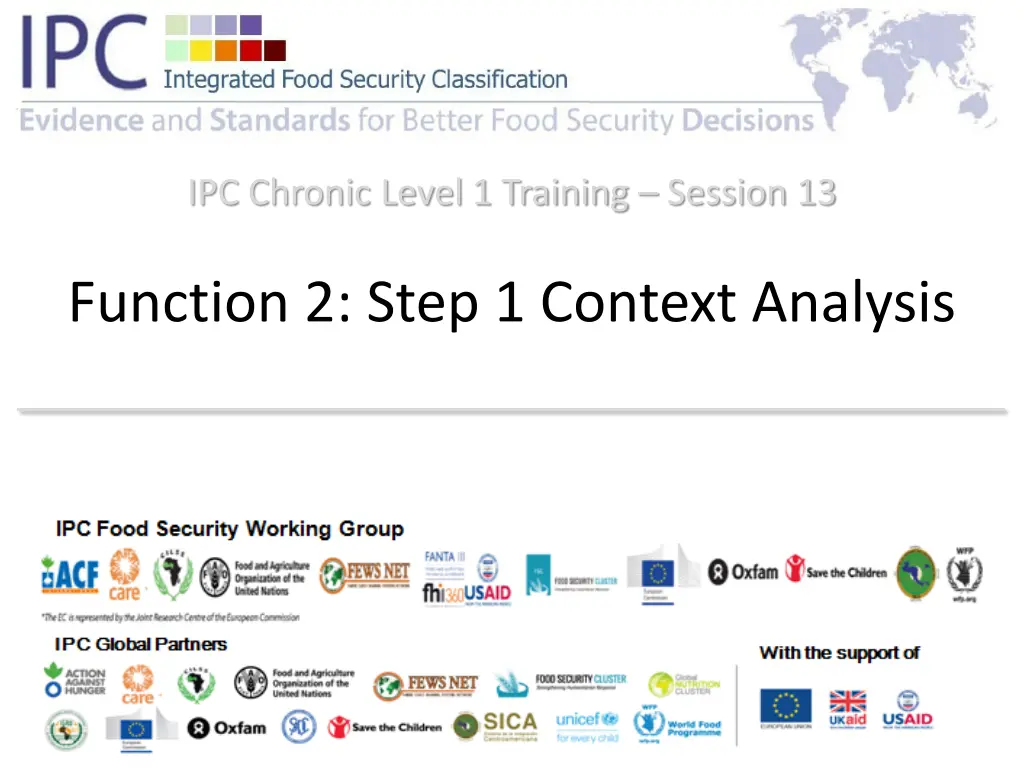
Conducting Context Analysis for Effective Food Security Planning
Learn the significance of context analysis in food security planning, using Step 1 of the Analysis Worksheet. Discover how to conduct a thorough context analysis to support evidence-based and livelihood-focused food security analyses. Understand the relevance and importance of this process in building problem specifications based on livelihood strategies and assets.
Download Presentation

Please find below an Image/Link to download the presentation.
The content on the website is provided AS IS for your information and personal use only. It may not be sold, licensed, or shared on other websites without obtaining consent from the author. If you encounter any issues during the download, it is possible that the publisher has removed the file from their server.
You are allowed to download the files provided on this website for personal or commercial use, subject to the condition that they are used lawfully. All files are the property of their respective owners.
The content on the website is provided AS IS for your information and personal use only. It may not be sold, licensed, or shared on other websites without obtaining consent from the author.
E N D
Presentation Transcript
IPC Chronic Level 1 Training Session 13 Function 2: Step 1 Context Analysis IPC Food Security Working Group IPC Global Partners
Learning Objectives Explain the importance of performing context analysis on the Analysis Area Utilize Step 1 of the Analysis Worksheet 2
Step 1: Conduct a Context Analysis Relevance: To support the contextualization of evidence and livelihood-based analyses of food security by providing information on livelihood strategies and assets, PIPs etc. of the area Importance of Step: Allow analysts to contextualize evidence and build problem specifications based on livelihood strategies, assets and information on PIPs. Tool: Analysis Worksheet Step 1
Decide Spatial Extent of Analysis Area The population of households living within this area will be distributed across the four levels of CFI A single level of CFI will be determined for the area based on the worst-off 20% (or more) of the households. Although the IPC Chronic is applicable at any sub-national spatial or population group unit, it is recommended that the analyses are conducted at administrative level 2 (if administrative level 0 is the country) Usually the most meaningful level for chronic analysis (esp. if there is a large number of areas at administrative level 2, decisions are taken and resources are allocated at this level) Analysis can be conducted also e.g. on livelihood zones, different urban areas Decision on the analysis unit depends on data availability and needs of decision-makers 4
Step 1: Defining Analysis Area Part 1: Seasonality and Population a) Title: Area Name b) Brief Area Description c) Description of seasonality d) Estimated population of area, including a) Source of the population information b) Reference for projected year: year for which the most recent population projection has been made (typically current year) Part 2: Household Groups (complementary analysis of HH groups can be conducted) Part 3: Recurrent Hazards and Risks a) Types of hazards, their frequency in the past 10 years, and typical impact on livelihoods Part 4: Occurrence of Crisis a) Whether area was classified as IPC Acute Phase 3 or worse during at least 3 of previous 10 years Part 5: Map and Seasonal Calendar a) Map of the analysis area that shows its spatial extent b) Seasonal FS calendar or other relevant seasonal calendar for the area
Discuss importance and use of information on recurrent hazards and risks, and on crises Exercise 13.1 Task: In groups of three... 1. Select an area you know and 2. In 5-10 minutes, discuss how you would use information on recurrent hazards and risks, and on food security crises in the area to 1. Understand the food security context in the area 2. Support and facilitate the chronic analysis 3. Be ready to present your findings to the group 6
The Tool for Step 1 (Step 1 of Analysis Worksheet)
Brief Area Description Briefly describe the Analysis Area Based on baseline data (whenever possible) and other background information Socio-economic, livelihood, environmental, and other relevant information to support analysis 8
Identify Population Living in the Area Provide estimate of resident population in area a. Typically total population in the area should be the projected figure for the year of the analysis b. Note source c. Note the reference year for population projection (should be the current year) 9
Identify Household Groups Identify household groups of the area by filling in the following sections: a. Specifying the name of the household group b. % of the group out of total population c. Brief overview of capital ownership d. Social profile e. Main sources of income f. Main sources of food g. Other relevant information Note: this section is completed only if information is available 10
Recurrent Hazards and Risks Identify any recurrent hazards and risks in the area by specifying: a. Type of hazard b. Frequency in the previous 10 years c. Usual impact of the hazard/risk on livelihoods 11
Occurrence of Acute FI Crisis Identify if area was classified as IPC-Acute Phase 3+ (or equivalent) in at least 3 different years over the last 10 years. If the selected answer is yes , also include a note on occurrence of crises 12
Insert Map and Seasonal Calendar a. Insert map of the area a. Hand drawn, picture, or GIS b. Insert a seasonal calendar: a. Consider agriculture seasons and any other major events 13
STEP 1 Describing the Area Exercise 13.2 Task: With your group... To start your work on analysis of Tambai District, review the baseline summary for the area included in your workbook and compete missing parts of Step 1 in the Area Analysis Worksheet in ISS. Be prepared to answer some questions in plenary about the reading. OR Task: With your group Insert information on your analysis area in Step 1 in ISS, including the area description, hazards and occurrence of crises, map, seasonal calendar and population information (depending on data availability). Be prepared to discuss the task in plenary. 14
Wrap-up Do you feel you can .? Explain the importance of conducting context analysis? Utilize Step 1 of the Analysis Worksheet 15

